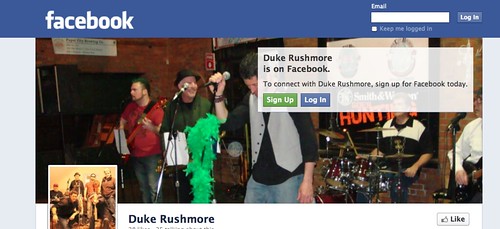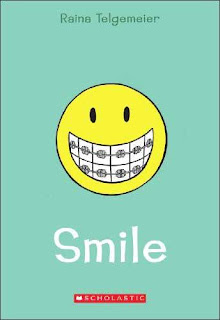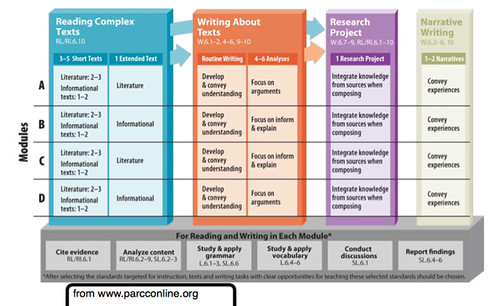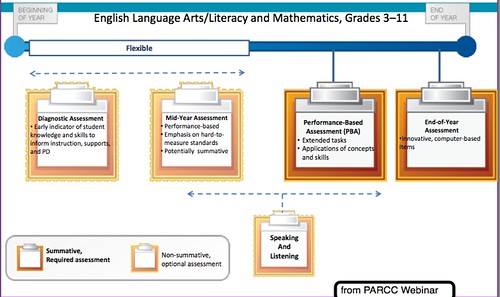You can tell I have the Common Core in the back of my mind with today’s post but my wife and I were out buying a new car yesterday (our old car lasted us 18 years, so this is a big deal for us), and it occurred to me that many of the skills that are now embedded in the new standards actually came into play as we got ourselves ready for a real-life situation that neither one of us enjoys.
Consider this:
- First, we had to do a lot of research on the kind of car we wanted. This involved many hours of online searching (and the need for skills in those researching hours). We collected various strands of information and shared them with each other (through Read it Later bookmarking browser add-on, mostly) and had to “read” informational text to understand the features of the cars that are available in our price range.
- Second, we had to sit down and persuade each other about the price range of the car we could afford. This involved a little argumentative talking (but only in the persuading fashion) and then some ideas around the economics of raising a family of five, and whether a new car or used car made more sense for us.
- Third, after agreeing on a brand of car, we both got jittery about having to negotiate with a car dealership. So, back to the Internet, to search for “Ways to Negotiate the Price of a Car.” I found a great website that walks you step-by-step on negotiating strategies and expectations of questions (which it got almost exactly right), and how to turn the situation into your advantage. I also went back for more research on prices, so I would be armed with pricing knowledge.
- Fourth, we talked through how we would approach it on the drive to the dealership, explaining whose role it was to be the test driver (hers) and whose role it was to be the one who negotiations (mine). We also read again a print-out of the website about how to buy a car.
- Fifth, there was plenty persuasive talking in the dealership, and the counter arguments that come with the negotiations. (We did OK!)
- Finally, I am writing this out in an expository fashion to share it with a real audience (I think you are real … pinch yourself for me, will you?)
One of the philosophies of the Common Core is real-life applications of literacy as well as college/job readiness. In our Massachusetts version of the Common Core, the Guiding Principles are all about how literacy impacts life, in its many facets.
I haven’t always bought it, though, and I still mourn the shrinking piece of narrative writing and reading. But I have to admit, my own experience in the real world touches on a lot of skills that are in the Common Core:
- research skills
- reading, evaluating, using informational text
- persuasive, argumentative stance
- talking and listening as key components of the event
- expository writing
All of those skills were critical to us walking away from the dealership with a car that we wanted at a price we were happy about. If that isn’t an example of how literacy is important, I don’t know what is.
Peace (with that new car smell),
Kevin






